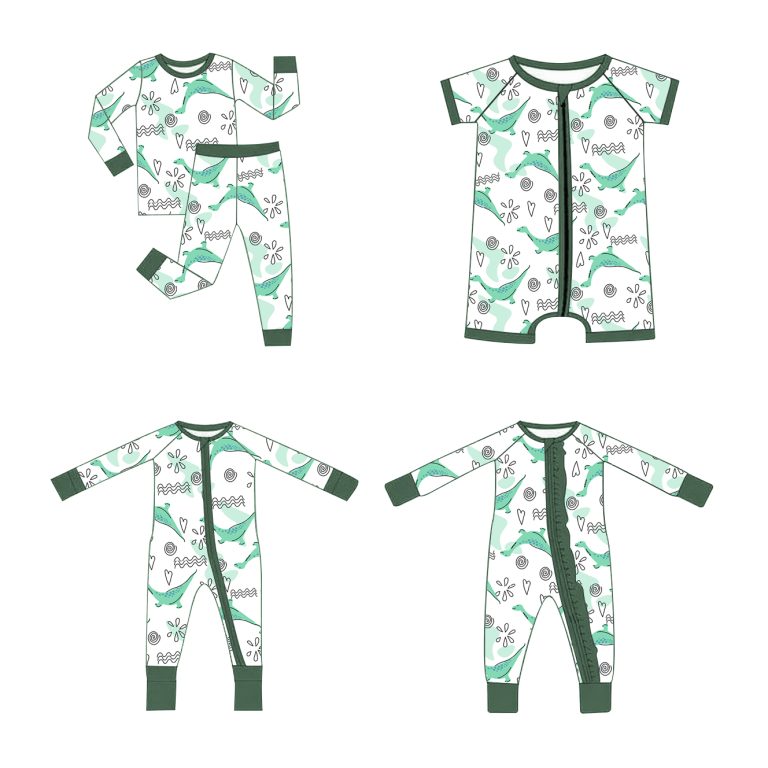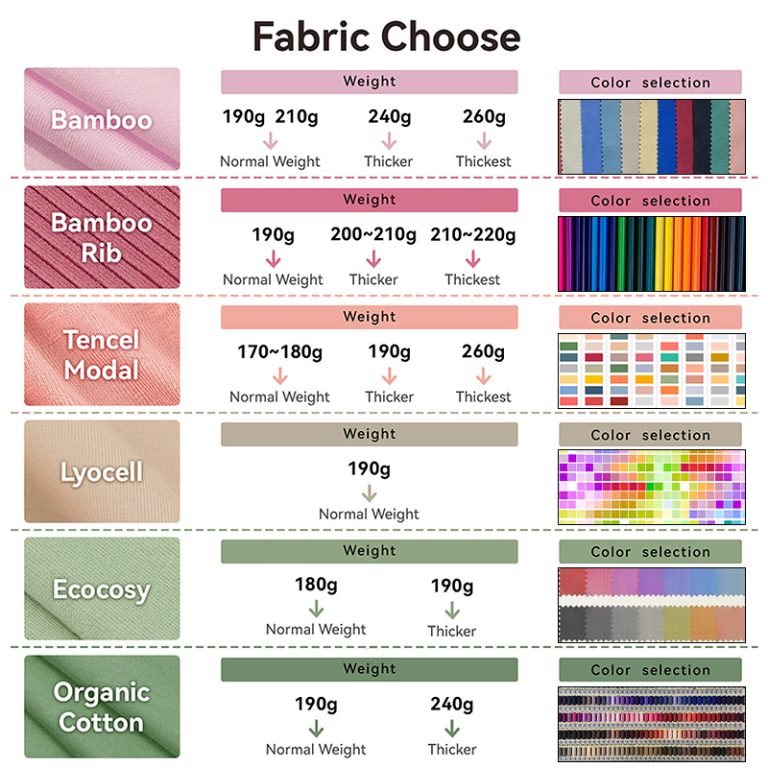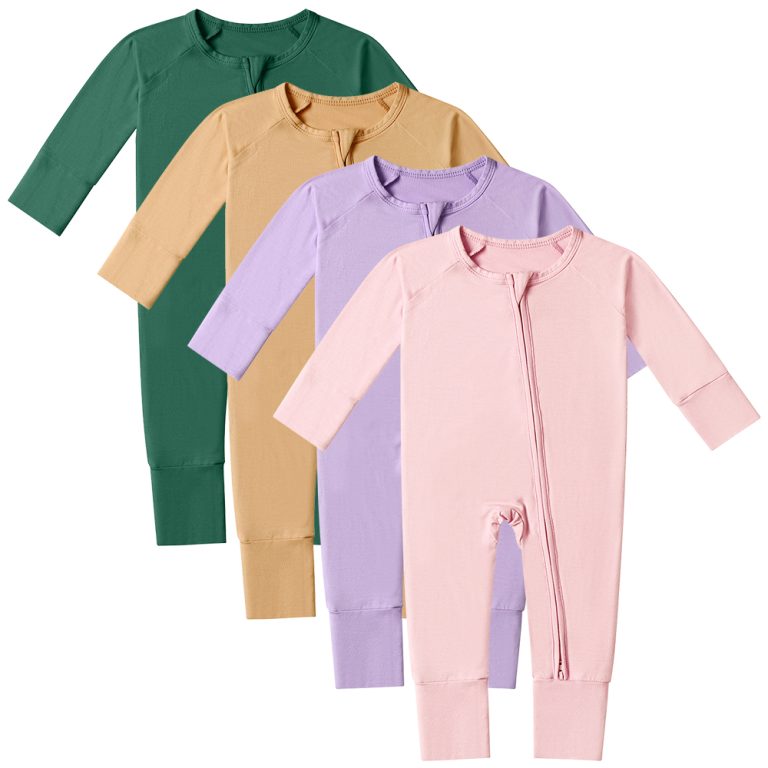wholesale Baby Romper infant Baby Romper CE Mark High-Capacity Suppliers
# Wholesale Baby Romper Infant Baby Romper CE Mark High-Capacity Suppliers
Selecting the right wholesale baby romper supplier is crucial for businesses looking to offer high-quality and safe products for infants. This article explores essential aspects you need to consider when partnering with suppliers, including fiber choices, certifications, factory standards, and seasonal use options.
Fiber Choices for Baby Rompers
The choice of fiber in baby rompers is fundamental to ensuring comfort and safety for infants. Suppliers typically offer options such as cotton, bamboo, and organic materials, each with unique benefits.
– Cotton: Known for its softness and breathability, cotton is a popular choice for baby rompers. Its natural properties make it suitable for sensitive skin, reducing the risk of irritation or allergies.

5,000 cycles
– Bamboo: Bamboo fiber is increasingly favored due to its eco-friendly nature and unmatchable softness. It offers moisture-wicking properties, which help keep infants dry and comfortable, especially useful during warmer months.
– Organic Materials: Suppliers focusing on sustainability may offer organic fibers, ensuring the absence of harmful chemicals and pesticides in production. These materials are ideal for parents concerned about environmental impact and the well-being of their children.
Choosing the right fiber can significantly impact the comfort and safety of baby rompers, making it a crucial consideration for any wholesale purchase.
Importance of Certifications
Certifications play a vital role in the wholesale baby romper industry, ensuring products meet safety and quality standards. The CE Mark is an essential certification for products sold in European markets, indicating compliance with health, safety, and environmental protection standards.
– CE Marking: This certification ensures that baby rompers meet strict regulations, providing assurance to retailers and consumers alike. The CE Mark indicates rigorous testing has been conducted to verify product safety.

Cooler sleep
– Oeko-Tex Certification: This standard is crucial for textiles, guaranteeing they are free from harmful substances and safe for human use. Products with this certification are ideal for infants whose skin is sensitive.
– Global Organic Textile Standard (GOTS): For suppliers offering organic fibers, the GOTS certification verifies that materials are produced sustainably and ethically, adding an extra layer of trust for eco-conscious buyers.
By prioritizing suppliers who hold relevant certifications, businesses can ensure their products meet the highest standards, fostering trust and reliability in the marketplace.
Factory Standards and Practices
The factory standards and practices of suppliers are critical in determining the quality and reliability of baby rompers. High-capacity suppliers often maintain stringent factory regulations to ensure consistent product quality and adherence to safety standards.
– Quality Control: A robust quality control system is essential for identifying defects and ensuring only top-quality products reach the market. High-capacity suppliers typically have multiple checkpoints throughout the production process.
– Ethical Practices: Ethical manufacturing practices include fair labor conditions, sustainable sourcing, and minimal environmental impact. Ensuring suppliers adhere to ethical practices can enhance brand image and consumer trust.
– Technological Integration: Modern manufacturing facilities may incorporate advanced technology to streamline production and enhance precision. Automation can improve efficiency, allowing suppliers to meet large orders without compromising quality.
Collaborating with suppliers who maintain high factory standards ensures that baby rompers are produced safely and ethically, aligning with consumer expectations.

No pilling
Seasonal Use of Baby Rompers
The design and materials of baby rompers should account for seasonal changes. High-capacity suppliers often offer a variety of designs suitable for different weather conditions, appealing to customers year-round.
– Summer Designs: Lightweight and breathable materials like bamboo and cotton are preferred for summer rompers. Features like short sleeves and sleeveless options enhance comfort during warmer months. Bright, playful colors and patterns are commonly used to reflect the vibrancy of the season.
– Winter Options: For colder months, suppliers may focus on warmer materials and designs such as thicker cotton and wool blends. Long sleeves and footed rompers provide added warmth. Neutral and deeper colors are popular choices for winter collections.
– Transitional Pieces: Offering rompers suitable for transitional seasons such as spring and autumn can help cater to varying climates. Layered designs and adjustable features can accommodate fluctuating temperatures, offering versatility and practicality.
Seasonal considerations ensure baby rompers appeal to customers throughout the year, maximizing sales potential and meeting diverse consumer needs.
Selecting High-Capacity Suppliers
Choosing the right suppliers is essential for businesses seeking to provide a range of quality baby rompers while maintaining cost-effectiveness. High-capacity suppliers offer numerous advantages, including reliability, diverse product offerings, and scalability.
– Reliability: High-capacity suppliers often boast established reputations and consistent delivery schedules, reducing the risk of delays and ensuring reliable stocking.
– Diverse Offerings: These suppliers can offer a wide range of designs, materials, and sizes, catering to various customer preferences and expanding market reach.
– Scalability: High-capacity suppliers have the infrastructure to accommodate growing order sizes, supporting business expansion and flexibility in meeting increasing demand.
By partnering with high-capacity suppliers, businesses can access a vast selection of quality baby rompers, ensuring customer satisfaction and fostering long-term growth.
Selecting wholesale suppliers for baby rompers involves careful consideration of fiber choices, certifications, factory standards, seasonal use, and supplier capacity. A focus on these key areas ensures the provision of high-quality, safe, and appealing products that meet consumer expectations and regulatory requirements.






